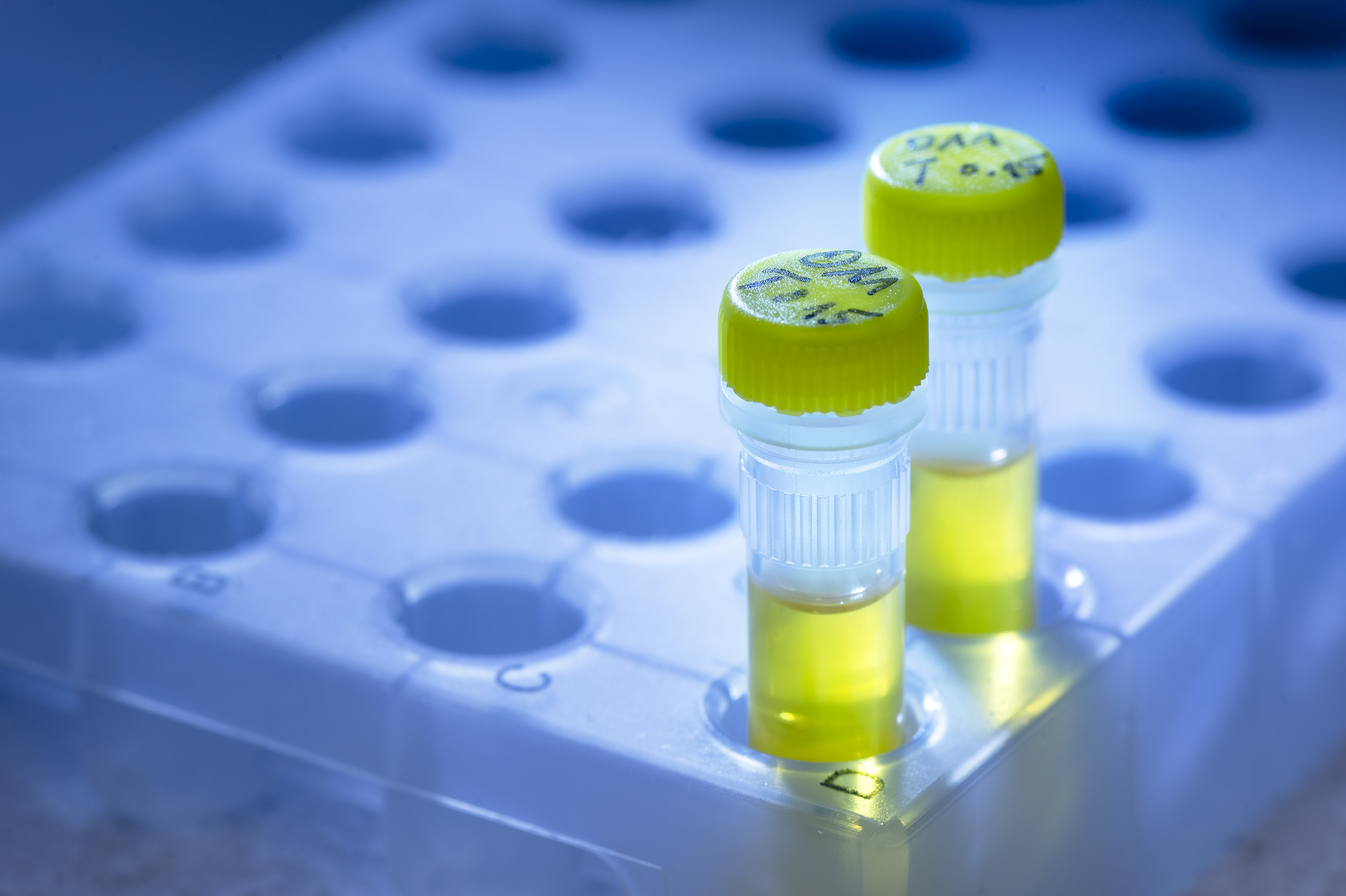Rheumatoid arthritis (RA) is the most common inflammatory rheumatic joint disease. Via an immune-mediated chronic inflammatory process it can lead to joint destruction and systemic inflammatory effects. In Germany, an estimated 440,000 people suffer from this disease.
Current therapies are based on unspecific suppression of the immune system, which implies the risk of serious infections. Despite frequent improvements in the patient’s condition, a reduction in disease activity can rarely be achieved. Thus, despite improved therapy options, there is still a medical need for personalized, sustainably effective and well tolerated treatment strategies.
Recently, pharmaceutical therapies for established rheumatoid arthritis have experienced a significant improvement due to the inhibition of effector pathways by neutralizing critical inflammatory mediators such as TNF, IL-6 and others using blocking antibodies or synthetic inhibitors of receptor-associated signaling molecules (JAK inhibitors).
 Fraunhofer Cluster of Excellence Immune-Mediated Diseases
Fraunhofer Cluster of Excellence Immune-Mediated Diseases